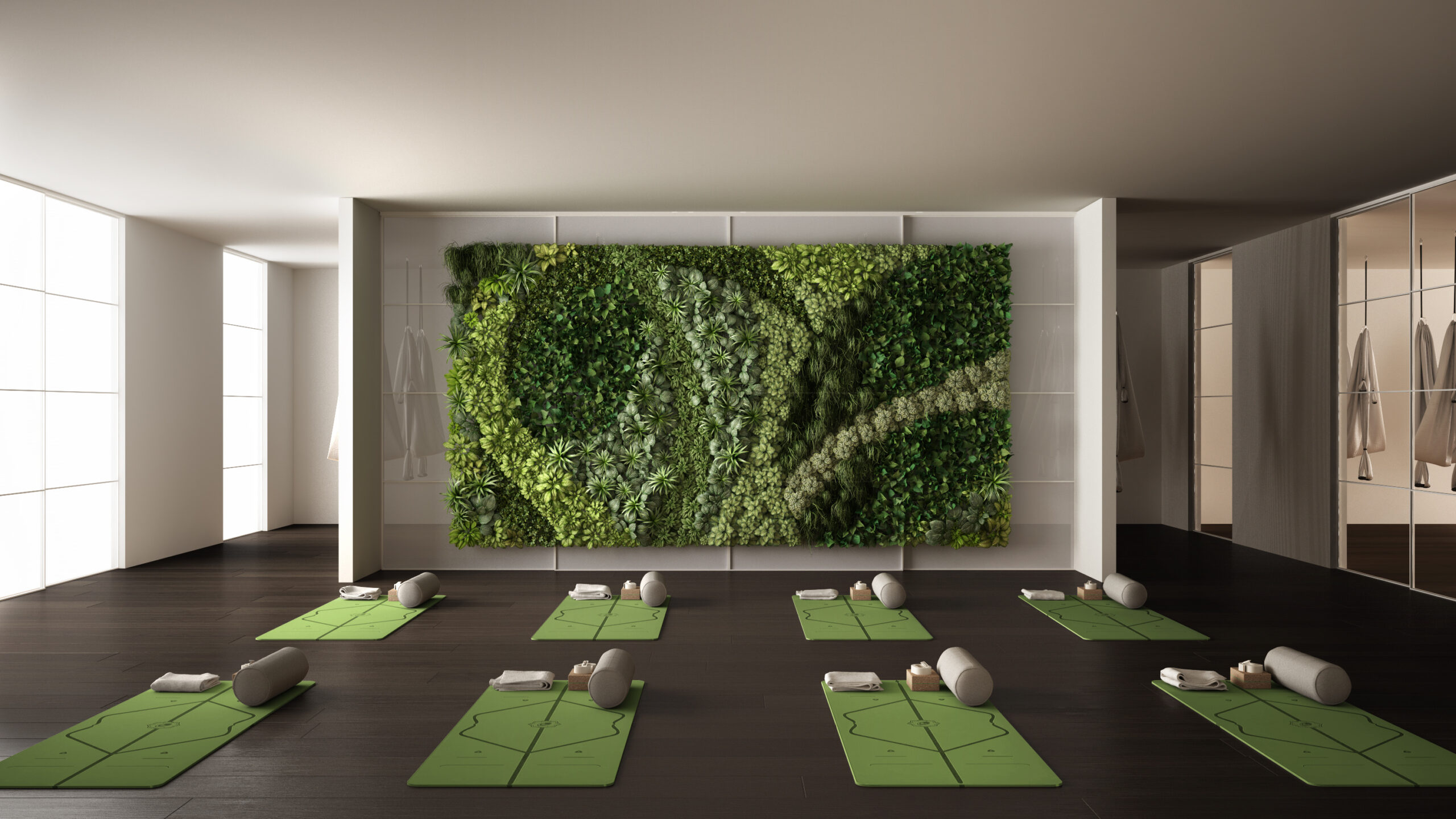look what we did!
Category: Environment, Poly as Art
Polyurethane Vertical Gardens Are the Must-Have Architectural Feature
Striking, eco-friendly, and quickly becoming a fixture in buildings and homes across the world, vertical gardens — made using polyurethane — are the new architectural must-have indoor and outdoor feature for homeowners and businesses everywhere.
A vertical garden — also called a green wall or a living wall — generally consists of plants, stacked vertically on a wall, giving the effect of a living wall of plants. The wall can be just a few feet or several stories high and can vary significantly in width. Some vertical gardens extend the entire range of a large atrium space; others are only about the length of a person.
Polyurethane, a Material of Choice
While the framework or the structure holding up the living plants in the vertical garden can be made from different materials, utilizing polyurethane has several advantages. In outdoor use, polyurethane can stand up to elements like wind and rain. Over time, it retains its structural integrity with no risk of degradation. Polyurethane walls are also highly customizable; the individual cells can be made big or small to accommodate the size of the various plants they will hold.
Both beautiful and practical, indoor vertical gardens have other benefits for homeowners and businesses. They’re a good way of providing insulation by helping to regulate indoor temperatures, regardless of outside conditions. They also help beautify and divide spaces.
Creating a Vertical Garden
To create a vertical garden, you generally start with a structure made from polyurethane. The wall-like structure can either be freestanding or attached to a wall, like a hanging painting. The vertical garden structure contains pocket-like compartments that jut outwards at their top. Generally, several of these pocket-like compartments make up a row and stacks of these rows go on top of one another to create a structure resembling a bookshelf. Into each of these pockets go soil, then a plant or several plants.
Some of the more complex iterations of vertical gardens contain self-watering mechanisms like hoses that snake their way through the maze of polyurethane pockets. Communities of vertical garden enthusiasts have sprung up on the internet with plenty of do-it-yourself advice and instructions for anyone looking to get started on their own living wall.

























